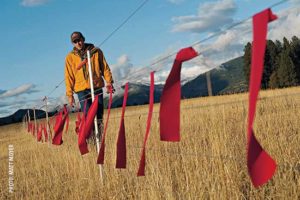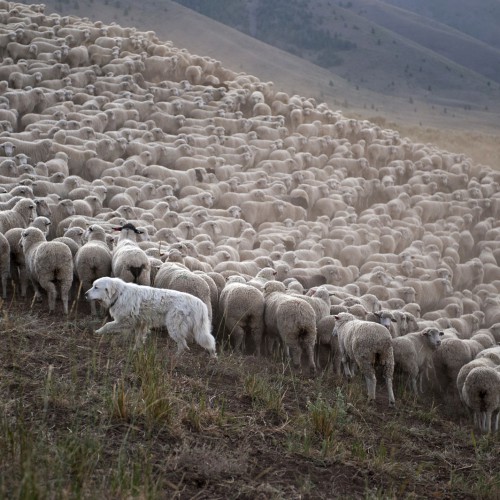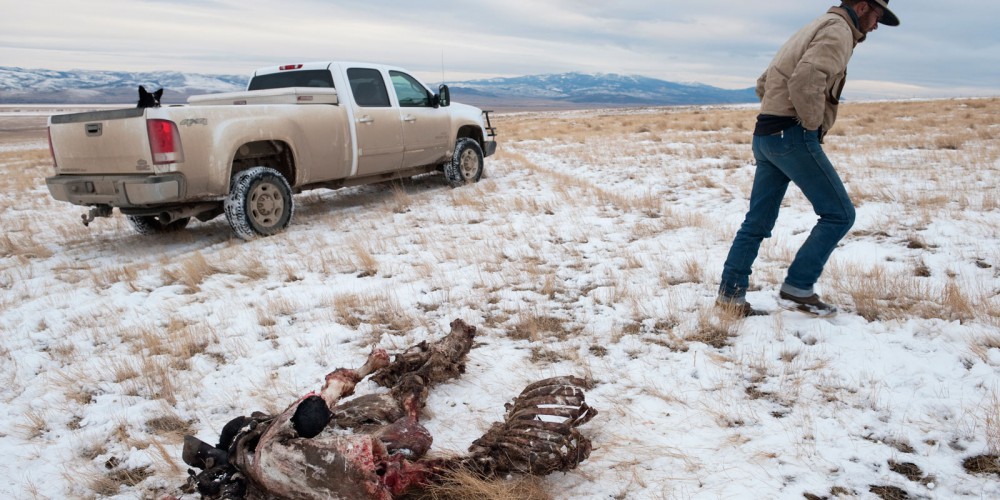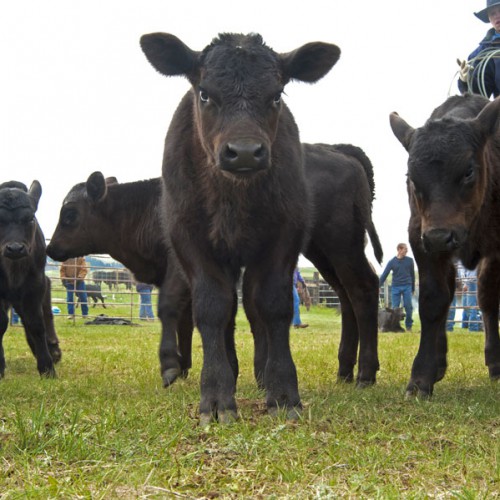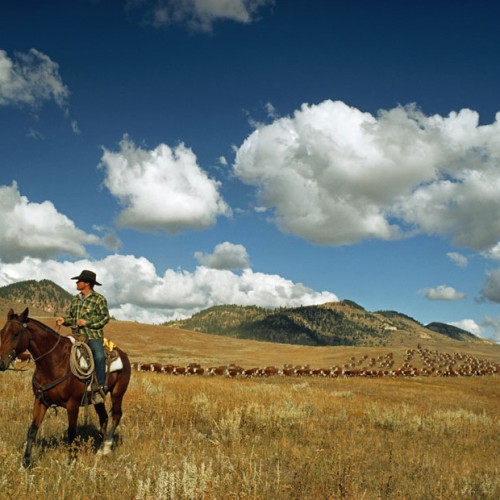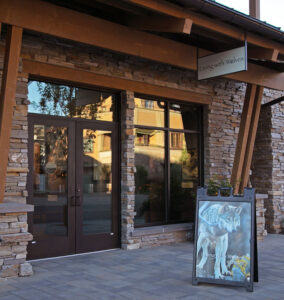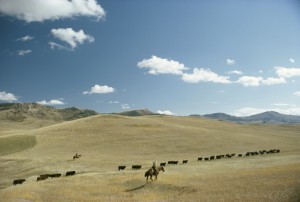 The vast majority of wolves live on the national forests and other public lands of the West—the same lands commonly used for livestock production. With predators and livestock sharing the same land, conflicts can arise. Although their statistical impact is minimal, wolves can present real challenges to ranchers. By using both traditional and innovative methods of keeping domestic animals separated from wolves, coexistence is possible. The result is fewer dead cattle and sheep—and fewer dead wolves.
The vast majority of wolves live on the national forests and other public lands of the West—the same lands commonly used for livestock production. With predators and livestock sharing the same land, conflicts can arise. Although their statistical impact is minimal, wolves can present real challenges to ranchers. By using both traditional and innovative methods of keeping domestic animals separated from wolves, coexistence is possible. The result is fewer dead cattle and sheep—and fewer dead wolves.
The modern range rider keeps vigilant watch over livestock while monitoring wolf packs and other predators. Because wolves often use the same den every spring, well-informed ranchers who know these locations keep livestock away from conflict. The collaring of wolves and the use of radio telemetry also assist range riders and field biologists by revealing the movement of resident wolves.
An unfortunate consequence of ranching on the open range is that livestock frequently die by any number of natural causes, especially weather exposure, disease, and birthing complications. Whenever possible these food sources should be removed. Ranchers also monitor unhealthy livestock that become easy targets for predators. The use of guard dogs and night watchmen provides added protection for the herds and flocks, while birthing corrals with electrified fencing offer protection for newborn animals and nursing mothers.
For generations, traditional methods like fluttering flags, or fladry, were used to protect livestock on the range. These portable methods are still used and have been updated with an electrified version, known as turbo-fladry.


